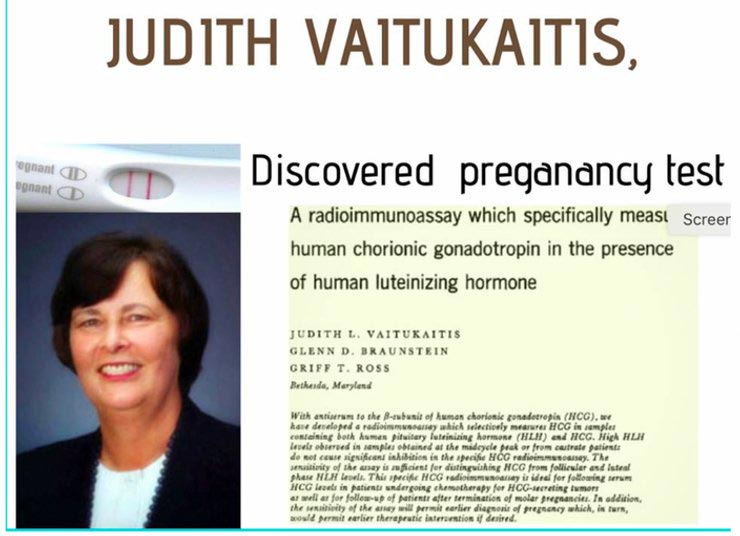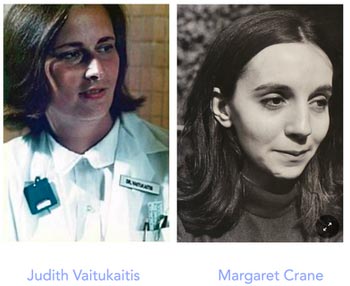To elaborate on the viability of launching The Blue Box into the market, a similar previous launching of another novel product can be considered. Our case is similar to that of the pregnancy test. But its way into the market encountered some major difficulties… Hope you enjoy this reading 🙂
Organon Pharmaceuticals obtained the first patent on a home pregnancy test in 1969, designed by the graphic and product designer Margaret Crane [1]. However, her managers never allowed the commercialisation of the idea claiming:
“What if a senator’s daughter, unmarried, found she was pregnant and jumped off a bridge?”.
“The company would have to go under for that.”
In 1972, Judith Vaitukaitis and Glenn Braunstein launched a more accurate test that encountered some controversy on its way into the market: At those fragile times when abortion had just been legalized, conservatives stood up claiming such overwhelming news as having a baby should be delivered to a woman by a doctor.
48 years ago from now, society was not ready to have a biomedical device diagnose and deliver such life-altering news. The New York Times described it as “revolutionary for women” [2]. Little did they know that the 20th century awaited the revolution of point-of-care medical devices, human intelligence would start stepping aside to welcome artificial intelligence… also in the clinic!

Bibliography
[1] Pagan Kennedy, The New York Times, “Could women be trusted with their own pregnancy tests?”, July 29, 2016. Available online here.
[2] Leavitt, Sarah A. “A private little revolution: The home pregnancy test in american culture”, Bullet of Medical History, vol. 80, pp. 317-345, 2006. Available online here.
Did you know this story?
Have we really evolved since then?
What does this case remind you of?
…looking forward to reading you all 🙂
Blue regards,
– Judit





